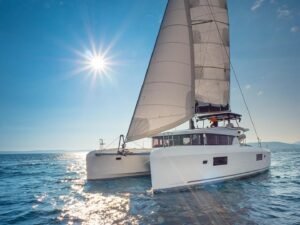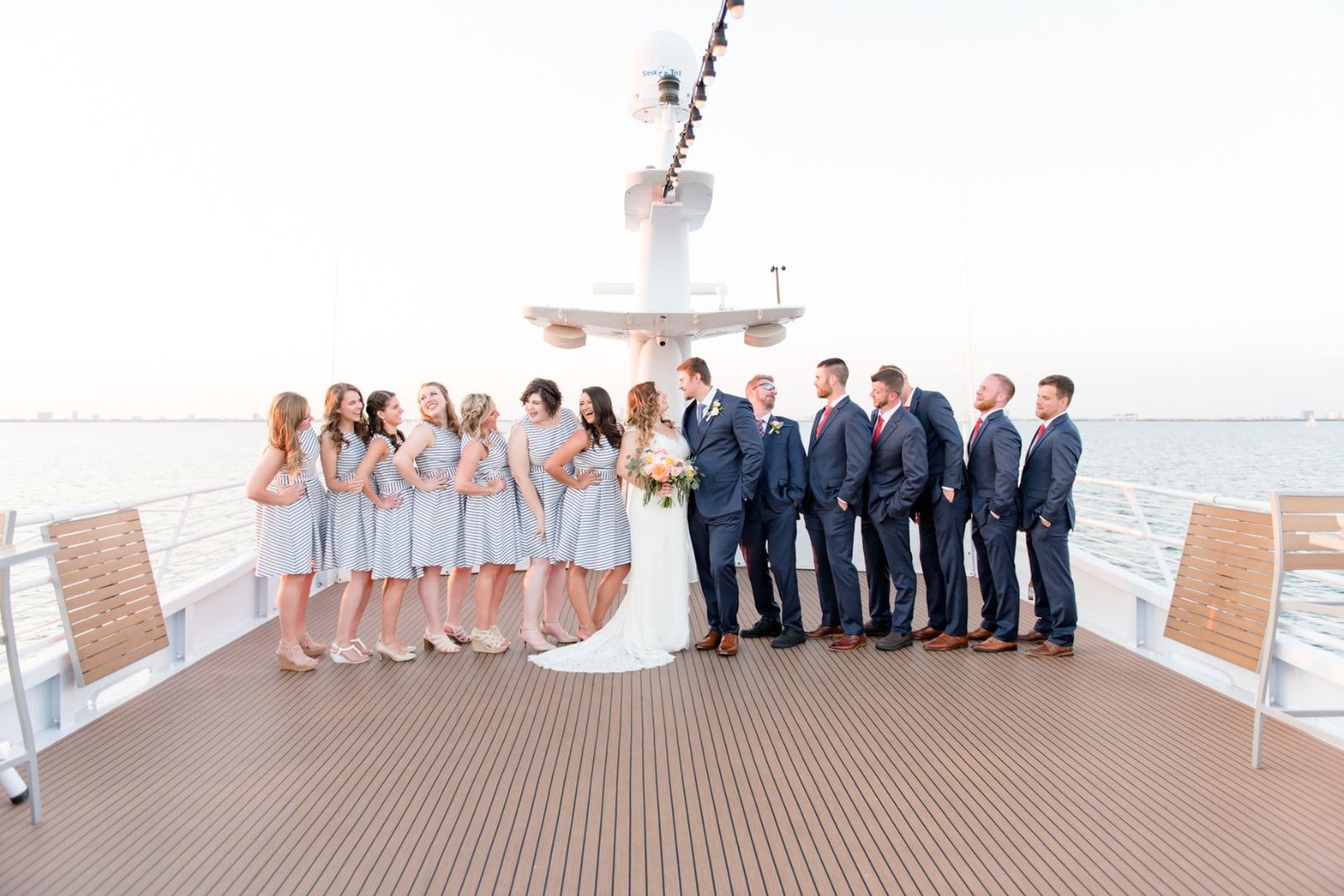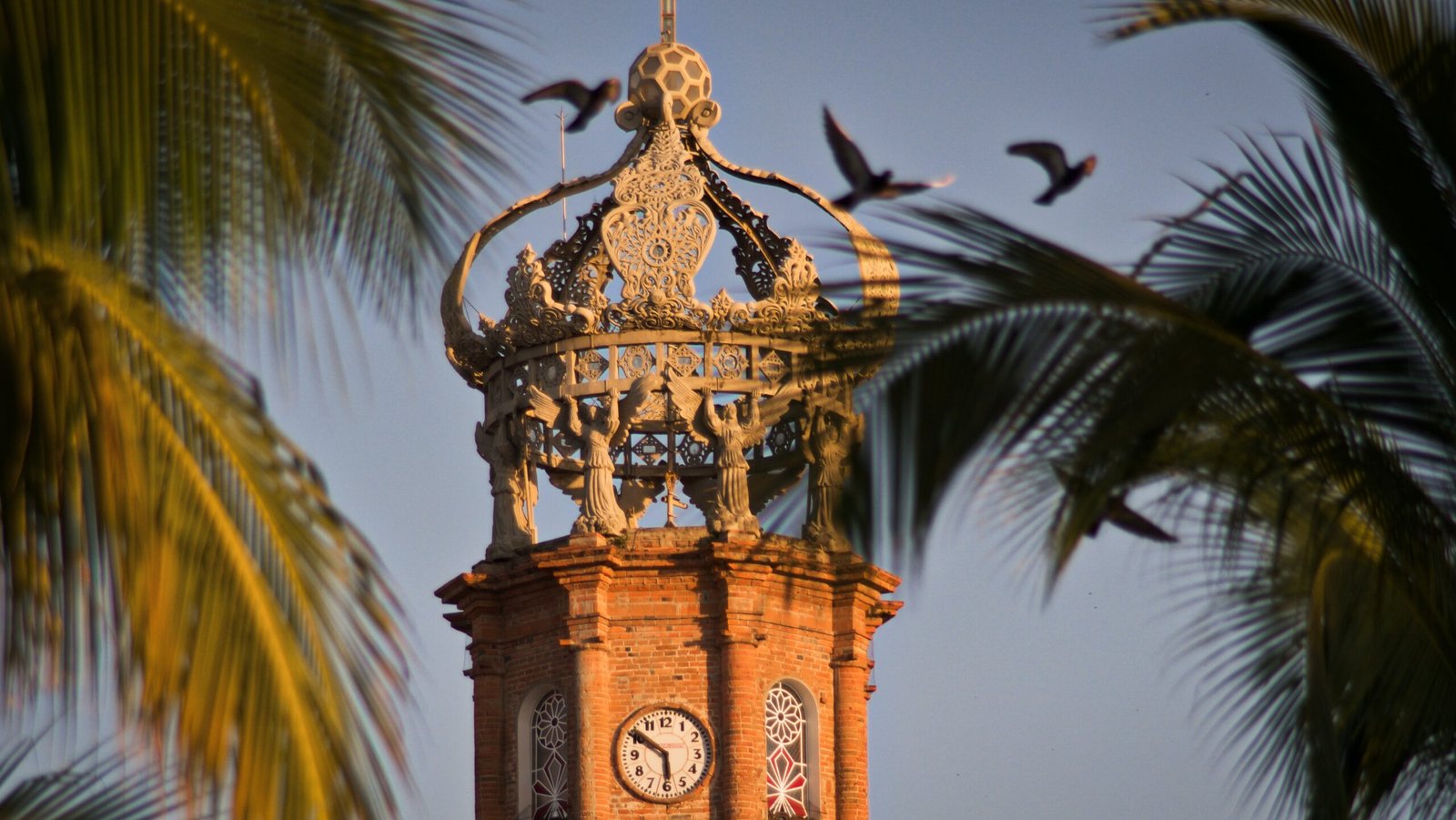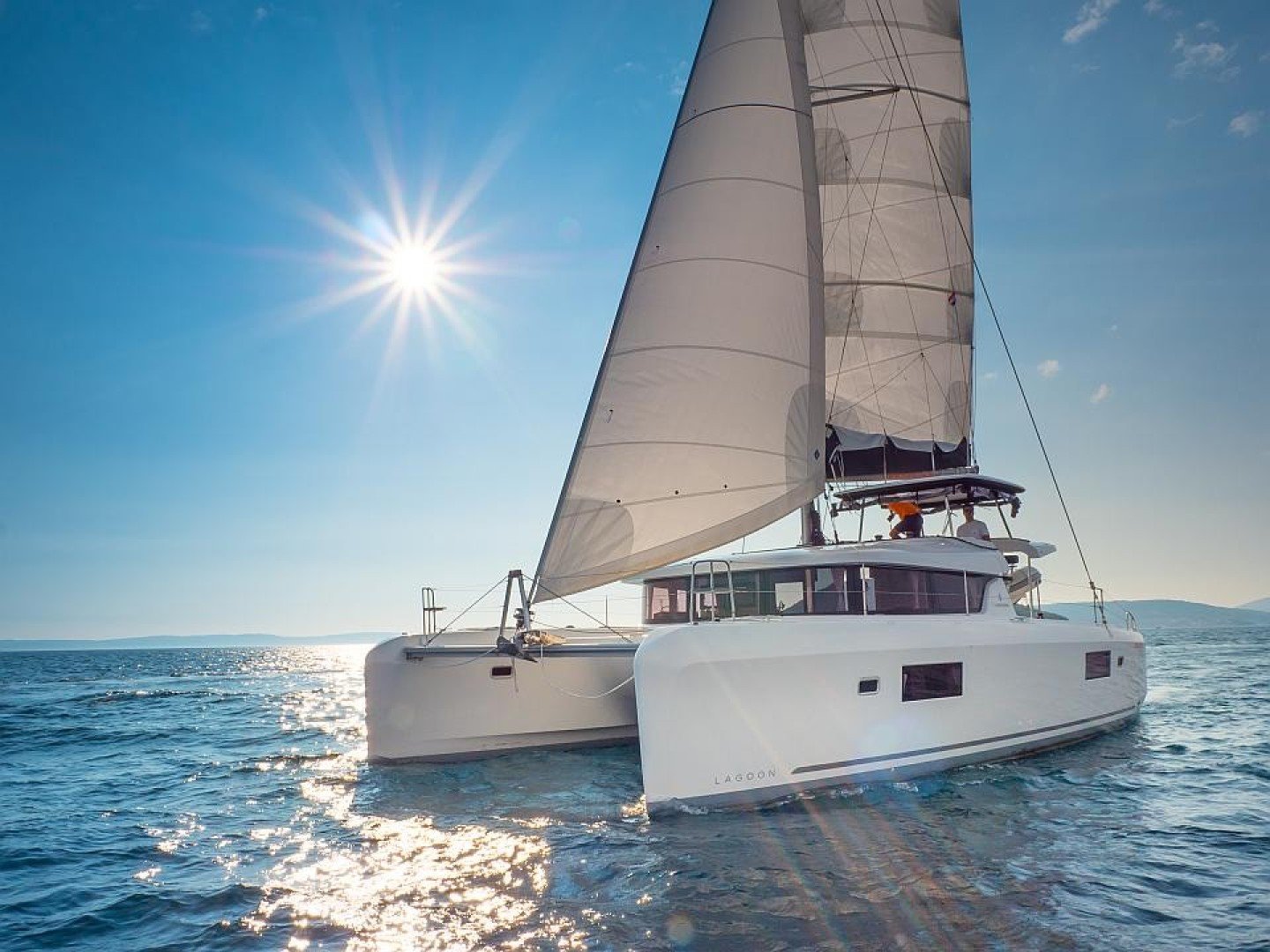5 important things not to-do in Puerto Vallarta are: drinking tap water, not taking sun exposure seriously, ignoring water safety precautions, disregarding local etiquette/customs, and flashing valuables carelessly. Let’s talk about each point in more detail.
1. Do not drink tap water
Drinking tap water in Puerto Vallarta is not recommended due to the potential presence of bacteria, parasites, or other contaminants. The water treatment systems may vary, and it’s difficult to guarantee the safety of tap water throughout the city. Consuming tap water can increase the risk of gastrointestinal issues, such as stomach upset, diarrhea, or more severe illnesses. To ensure your well-being, it’s best to stick to bottled water for drinking and use it when brushing your teeth. Nearly every hotel will either have its own filtration system or big jugs of water on hand for drinking. The brands Cielo and E-Pura are the most common brand names of jugs you will see.
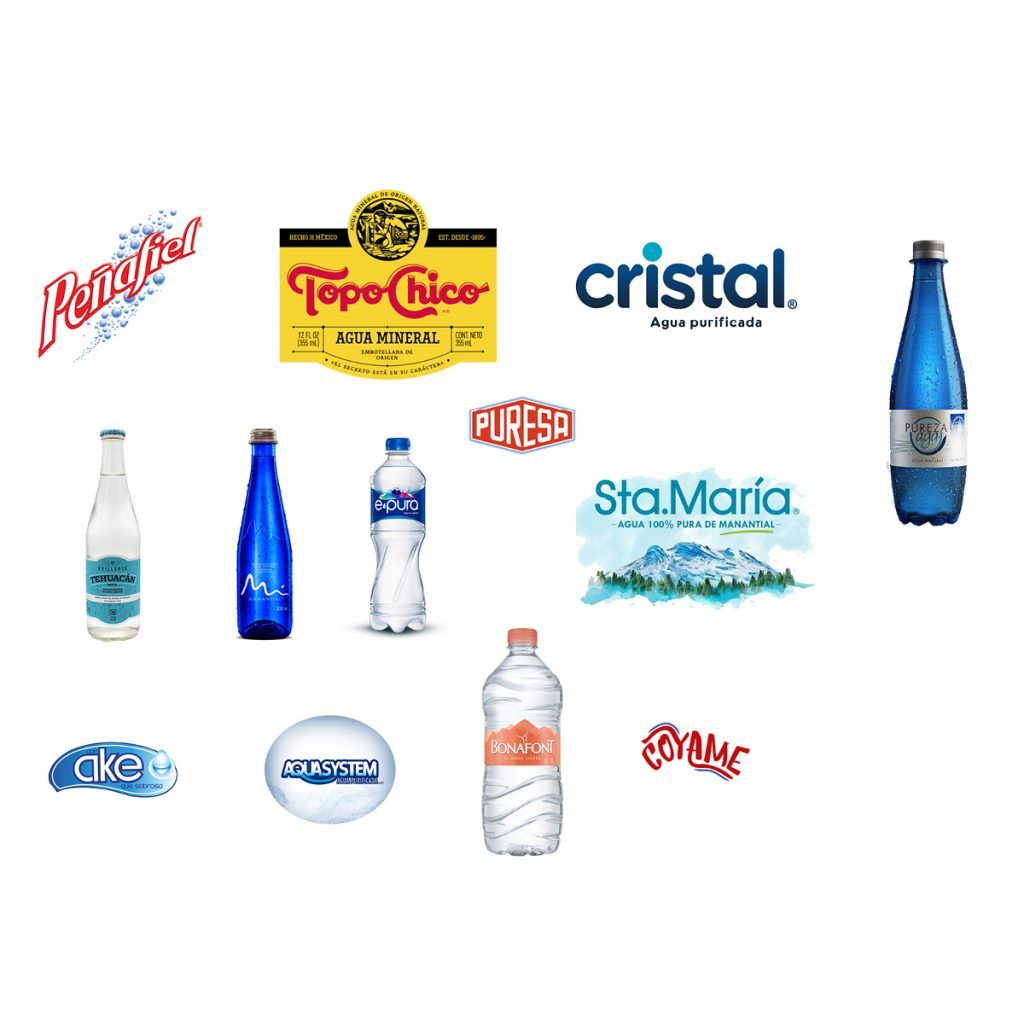
2. Don’t flash valuables
Walking around especially in large crowds is the best time to be pickpocketed. Avoid showing off things that attract attention or carrying large amounts of cash. As with any tourist destination, it’s important to exercise caution and avoid drawing unnecessary attention to yourself. Flashing valuable items, such as expensive jewelry, cameras, or electronics, can make you a target for theft or pickpocketing. It’s advisable to keep your valuable belongings secure and out of sight. Instead of carrying large sums of cash, use credit or debit cards when possible and keep only the necessary amount of cash for your immediate needs.
This really goes without saying, but just be careful when withdrawing a bundle of money from the ATM and walking around with that in your pocket all day. Or leaving your bags unattended while you put them down for a quick photo. Even when shopping at the grocery store – watch your backpack or fanny pack, make sure its secure and not easily opened by someone when you’re not paying attention.
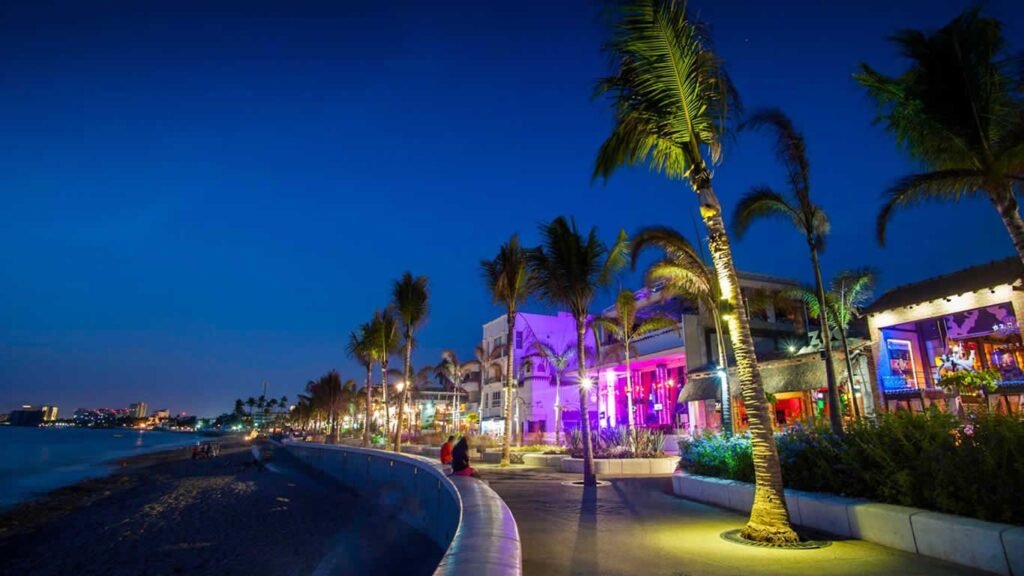
3. Avoid excessive sun exposure
Puerto Vallarta’s tropical climate means that the sun can be intense, especially during peak hours. Overexposure to the sun without proper protection can lead to sunburn, heatstroke, and other health complications. To avoid these risks, apply sunscreen with a high SPF, wear protective clothing, such as hats and lightweight long-sleeved shirts, and seek shade during the hottest parts of the day, typically between 11 am and 3 pm.
Personally when im surfing or snorkeling and out on the water a long time, I use a rash guard or surfer shirt. The tight fit reduces friction between the skin and the surfboard, preventing irritation and chafing that can occur from prolonged contact with the board. Secondly, the fabric used in rash guards offers a certain level of UV protection, shielding the skin from the harmful effects of the sun’s ultraviolet rays. This is particularly important as surfers spend extended periods exposed to the sun while out on the water. Additionally, the lightweight and quick-drying properties of rash guards help to keep the body comfortable by wicking away moisture and preventing overheating.
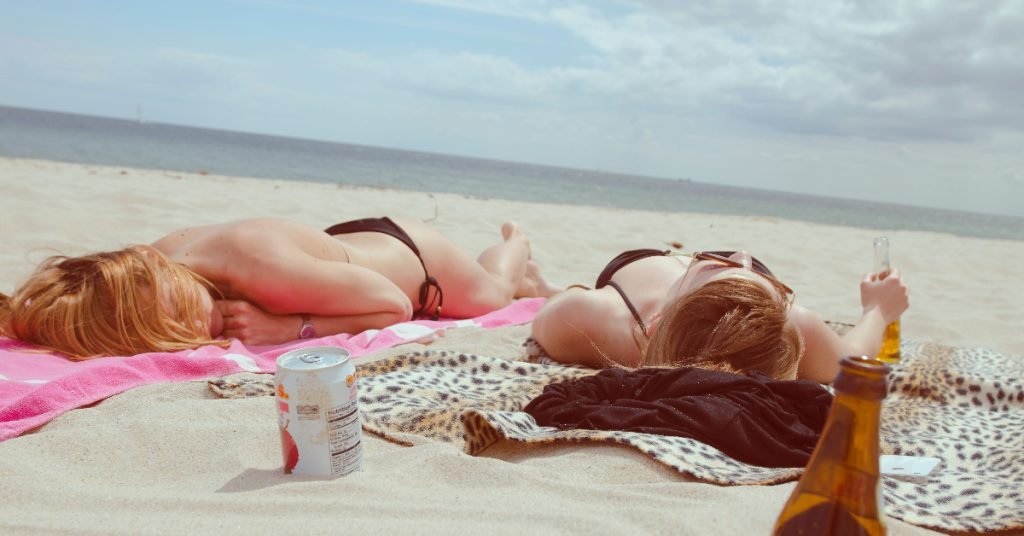
Remember, when you first land in Vallarta and head to the beach – your skin is super vulnerable and not yet accustomed to the intensity of Mexico’s sun. Just be cautious before napping in the middle of the day with the sun’s rays constantly hitting your skin.
If you don’t properly prepare for a day in the sun, over exposure over time can lead to these common things that no one wants:
- Sunburn: One of the immediate effects of excessive sun exposure is sunburn. It occurs when the skin becomes red, inflamed, and painful due to the ultraviolet (UV) radiation from the sun. Sunburn can range from mild to severe and is a sign of skin damage.
- Premature Aging: Chronic sun exposure can contribute to premature aging of the skin. UV radiation breaks down collagen and elastin, which are responsible for the skin’s elasticity and firmness. This can lead to the development of wrinkles, fine lines, and sagging skin, making a person appear older than their actual age.
- Skin Damage: Prolonged sun exposure without protection can cause long-term damage to the skin. It can lead to the development of dark spots, freckles, and uneven skin tone. It can also increase the risk of skin conditions such as actinic keratosis (rough, scaly patches on the skin), lentigines (age spots), and skin cancer.
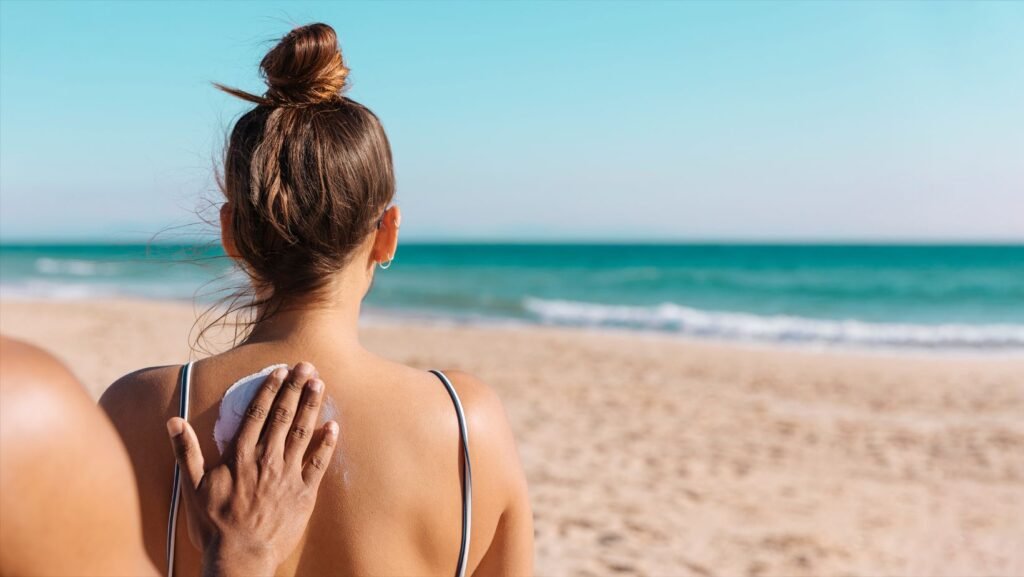
4. Don’t ignore safety precautions in the water
While the beaches of Puerto Vallarta are inviting, it’s important to be mindful of potential risks and exercise caution when swimming or participating in water activities. Pay attention to lifeguard instructions and swim only in designated areas where the water is monitored for safety. Be aware of the presence of rip currents, which can be strong and dangerous, and avoid swimming alone. Additionally, keep an eye out for jellyfish or other marine life that may pose a threat. If stung, seek medical attention promptly.
Agua Mala
Depending on the time of year and currents around the area, Vallarta and Banderas Bay is known for having agua mala.
Agua mala is a term commonly used in Spanish-speaking regions, particularly in Mexico, to refer to a marine organism known as a jellyfish or a jellyfish sting. The term “agua mala” translates to “bad water” in English, and it is used to describe the stinging sensation caused by coming into contact with certain species of jellyfish.
Jellyfish are gelatinous marine creatures that float in the water and have tentacles equipped with stinging cells called nematocysts. When a jellyfish comes into contact with a person’s skin, the nematocysts can release toxins, causing a painful sting and, in some cases, an allergic reaction.
The symptoms of an agua mala or jellyfish sting can vary depending on the individual and the species of jellyfish involved. Common symptoms include intense pain or burning sensation at the site of the sting, redness, swelling, itching, and in severe cases, nausea, vomiting, muscle cramps, and difficulty breathing.
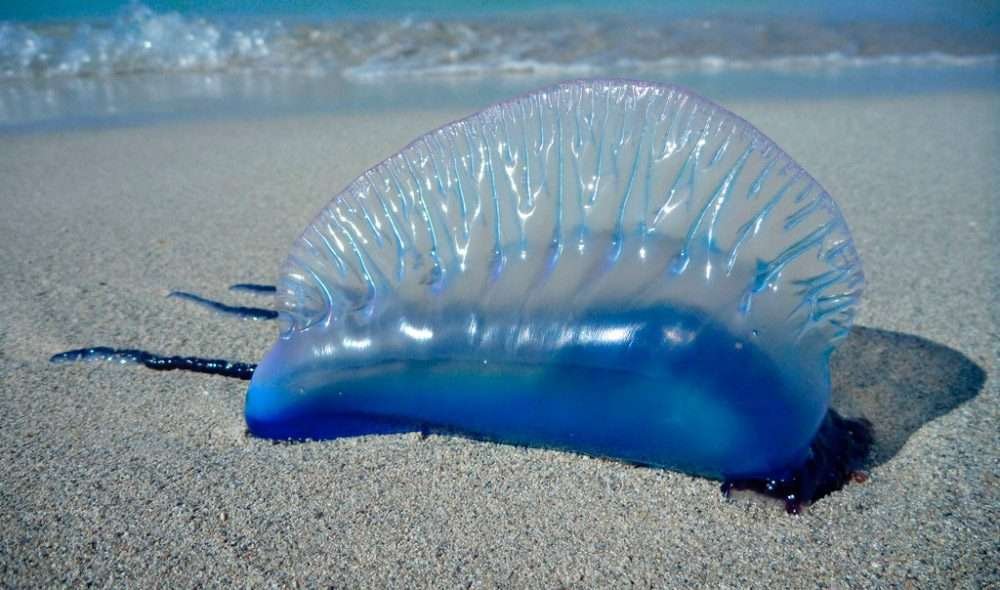
If stung by a jellyfish, it is important to take immediate action to alleviate the pain and prevent further injury. Treatment options for an agua mala sting may include rinsing the affected area with vinegar to neutralize the toxins, carefully removing any tentacles that may still be attached to the skin, and applying a hot compress to alleviate pain. It is recommended to seek medical attention, especially if the sting covers a large area, the symptoms are severe, or there is an allergic reaction.
Preventing jellyfish stings is key when swimming or participating in water activities in areas where they are prevalent. This can be done by wearing protective clothing such as a rash guard or wetsuit, avoiding swimming in areas with high jellyfish populations or during peak jellyfish seasons, and staying informed about local jellyfish warnings or advisories.
It’s important to note that while agua mala or jellyfish stings can be painful and uncomfortable, most stings are not life-threatening and can be effectively managed with appropriate treatment and preventive measures.
Red Tide
Other times the ocean may appear red, which is usually due to a phenomenon known as a “red tide” or harmful algal bloom (HAB). While some species of jellyfish can contribute to red tide events, the discoloration of the ocean is primarily caused by certain types of microscopic algae called dinoflagellates or other harmful algal species.
During a red tide, these algae multiply rapidly, leading to a high concentration or “bloom” of these organisms in the water. The coloration can range from red to brown, and in some cases, the water may appear green or even purple. The discoloration is a result of pigments produced by the algae.
Red tides can occur naturally, but certain environmental conditions, such as warm water temperatures, nutrient availability, and calm seas, can promote their growth and proliferation. While not all red tides are harmful, some species of algae produce toxins that can be harmful to marine life and even pose risks to human health.
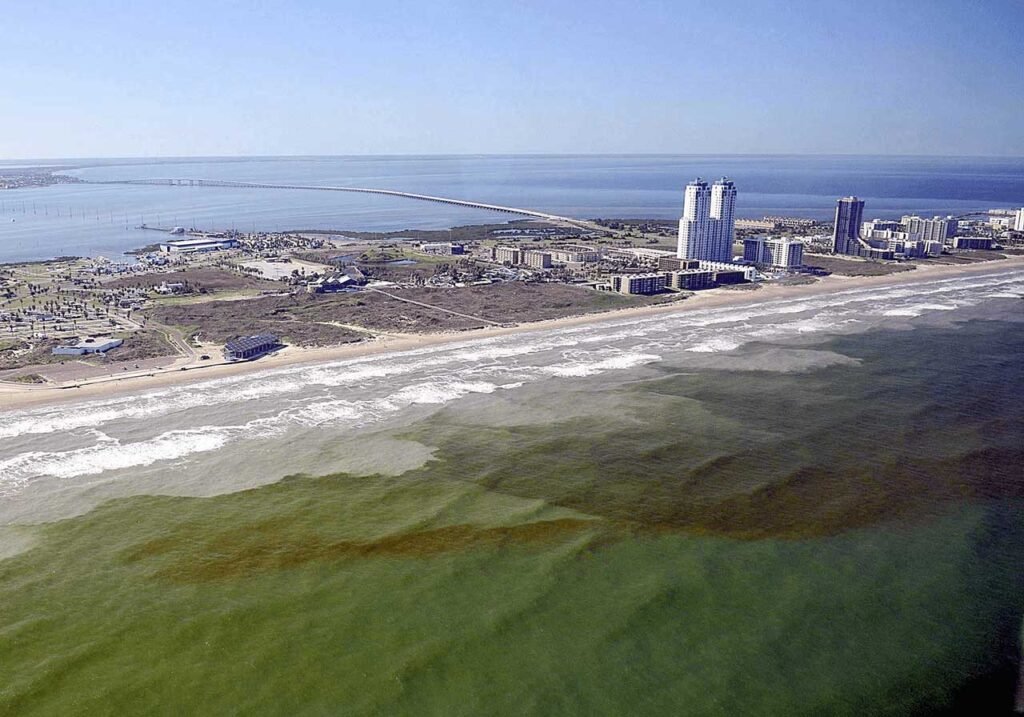
It’s important to note that red tides are different from agua mala, which refers specifically to jellyfish. Agua mala can cause discomfort or stinging sensations when coming into contact with their tentacles, but it does not typically cause the ocean to turn red. Red tides, on the other hand, are primarily associated with the rapid growth of certain algae species.
If you encounter a red tide, it is generally advisable to avoid swimming or entering the water in affected areas, as the toxins released by the algae can be harmful to marine organisms and potentially cause respiratory irritation or other health issues for humans. It’s best to follow any advisories or warnings issued by local authorities regarding red tide events.
5. Do not disregard local customs and etiquette
Visiting a foreign country is an exciting opportunity to explore new cultures, traditions, and experiences. When it comes to traveling to Puerto Vallarta, respecting the local culture and customs is not only courteous but also enhances your overall travel experience. Here are a few things to keep in mind during your travels:
Respecting the Culture
Respecting the Mexican culture is crucial when visiting Puerto Vallarta. Mexicans are known for their warmth, hospitality, and strong cultural values. To show your appreciation and respect, consider the following:
a. Dress Code: Dress modestly and appropriately, especially when visiting religious sites or local communities. Mexicans tend to be conservative in their attire, so it’s best to avoid revealing clothing in public places.
b. Customs and Etiquette: Familiarize yourself with basic customs and etiquette. Greet people with a friendly “Hola” or “Buenos días,” and remember to use “por favor” (please) and “gracias” (thank you) when interacting with locals. Being polite and showing interest in their culture will be warmly received – you are in their country after all.
c. Photography: Always ask for permission before taking pictures of individuals or sacred places. Respect their privacy and understand that some locations may have specific rules regarding photography.

Tipping Generously
Tipping is an important part of Mexican culture, and it is customary to tip for good service. By tipping generously, you not only show appreciation for the hard work of service providers but also contribute to their livelihood. Here are some tipping guidelines to keep in mind:
a. Restaurants: In restaurants, it is customary to tip around 10-15% of the total bill. If you receive exceptional service, consider leaving a higher tip to acknowledge the effort.
b. Tour Guides and Drivers: When participating in guided tours or using transportation services, it is customary to tip the guides and drivers. The amount can vary, but a general guideline is to tip around 10-20% of the total cost of the service.
c. Hotel Staff: If the hotel staff provides excellent service, it’s thoughtful to tip the housekeeping staff, bellmen, and concierge. Leaving a small tip each day or a larger tip at the end of your stay is appreciated.
Musicians and live entertainment: never feel forced to accept invitations to buy goods and/or services. Many times you will be approached and asked to buy a hand made craft, blanket, sunglasses or sometimes a mariachi band will ask to play you a song while dining at dinner.
Remember, tipping is not mandatory, but it is a kind gesture that shows gratitude for exceptional service.
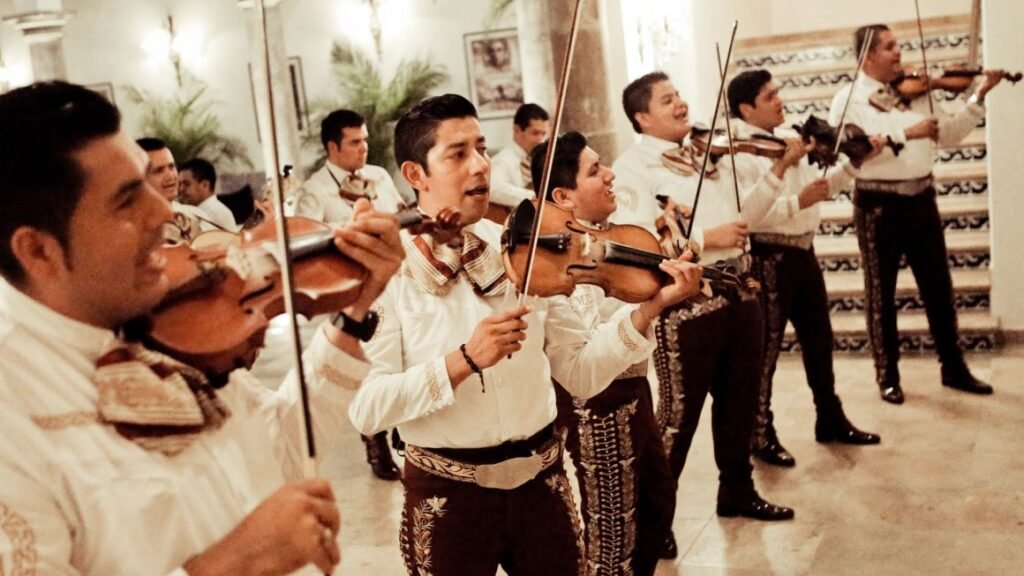
Learning Spanish
While many people in tourist areas speak English, making an effort to learn and use some basic Spanish phrases can go a long way in immersing yourself in the local culture and connecting with the locals. Here are a few essential phrases to get you started:
“Hola” – Hello
“Buenos días” – Good morning
“Por favor” – Please
“Gracias” – Thank you
“¿Cómo estás?” – How are you?
“Hablo un poco de español” – I speak a little Spanish
“¿Puedes ayudarme?” – Can you help me?
Even if your Spanish skills are limited, locals appreciate the effort and will often respond positively. Don’t be afraid to practice and ask for help when needed. Especially when it comes to making friends with the bartender! “Una cerveza más por favor señor.” This is always a key phrase to remember.
Thanks for reading “5 Important Things not to-do in Vallarta.” If you found this helpful and insightful, you will love the rest of our other blogs where we cover everything to-do with Puerto Vallarta and the surrounding area.
For more information on Vallarta tips, must-see destinations, things to-do, and booking your charter out on the beautiful warm waters of Banderas Bay, contact us anytime for more information at Palmara Charters.
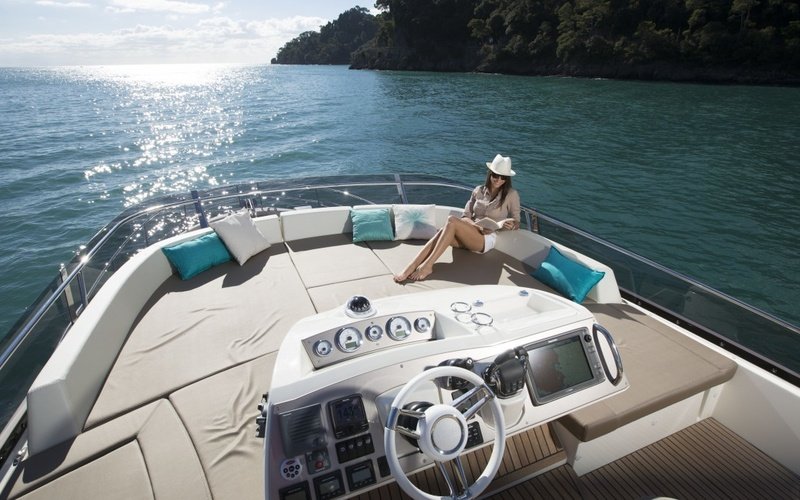
For ALL other things Vallarta, don’t forget to download our eBook “100 Things to-do in Puerto Vallarta.”




